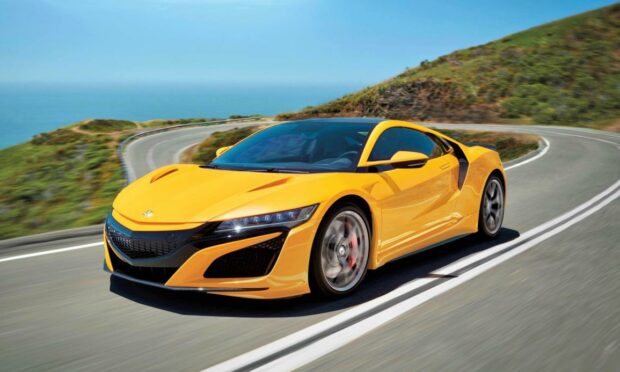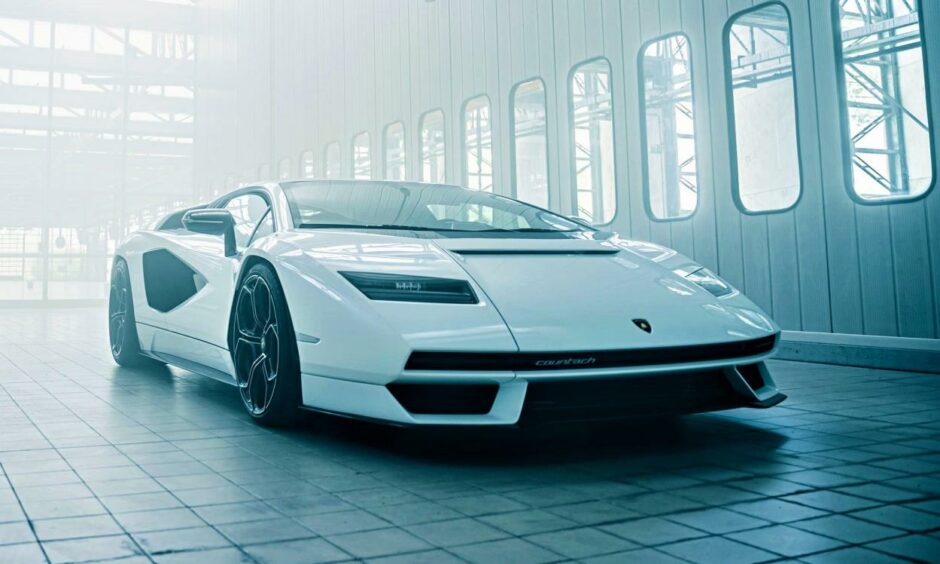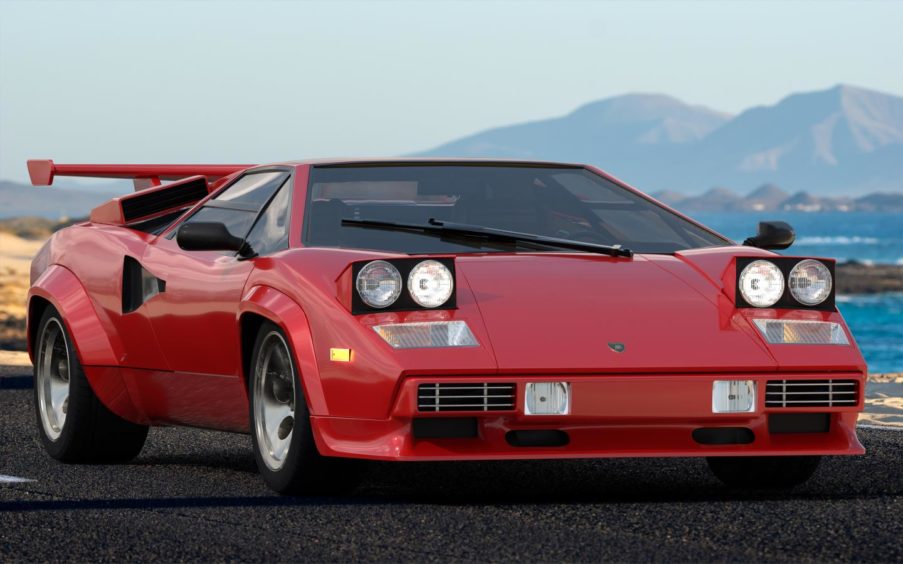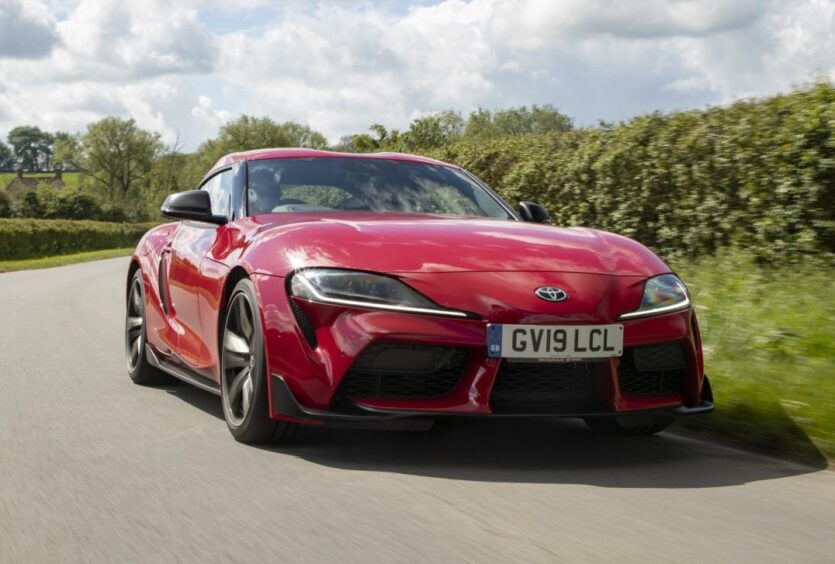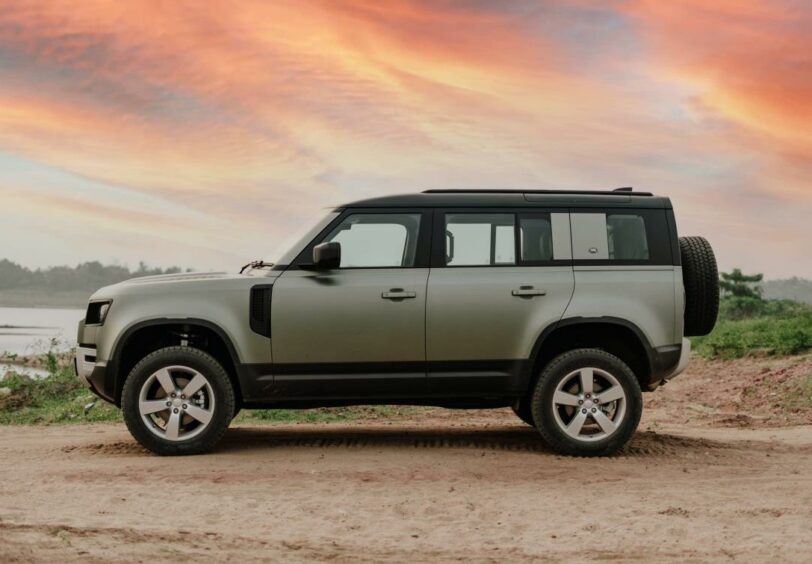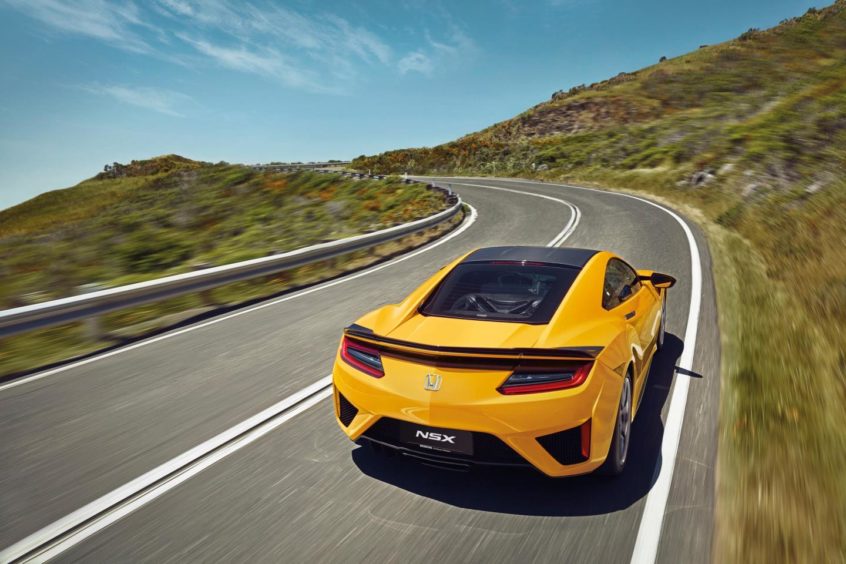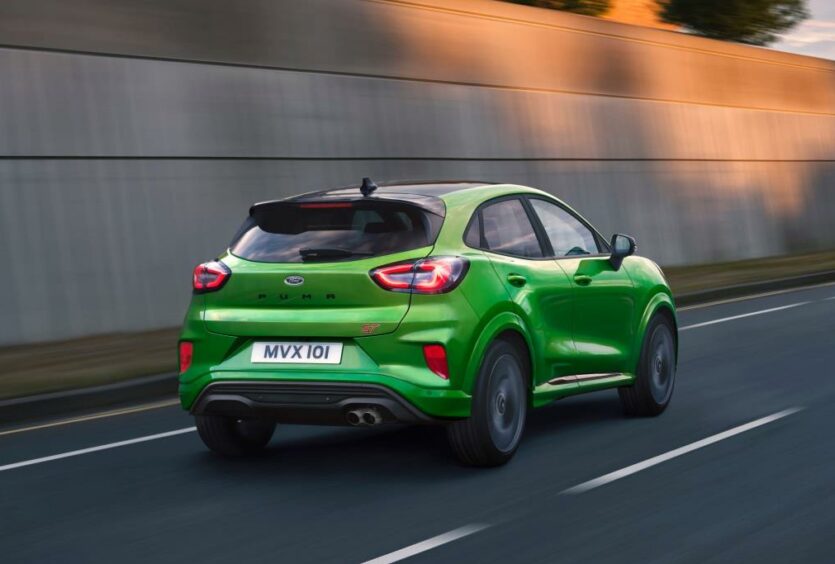Not all classic cars are created equal. While a 1971 E-Type, or the stunning Mercedes SL R107 we featured last week, may come to mind, there are a host of new contenders in this crowded field of good lookers that have stood the test of time.
Some vehicles become classics and retire quietly, to grace collections in museums and act as a reminder of the glamour of motoring. Others, however, refuse to go quietly and stage a bold comeback, with reimaged looks and re-engineered performance to take to the roads once more.
Most recently, the big news in the automotive world was the shock return of the Lamborghini Countach, which revived its 1970s supercar style, with the distinctive wedge and a 800bhp hybrid engine, to boot.
With the Lamborghini Countach name getting revived, we look at some five classic car badges that made a triumphant return.
Lamborghini Countach
Yes, the original poster car is set to go back on sale – and will be a hybrid, the first of its kind to feature the technology.
It will be a low-volume, limited-edition vehicle with a powertrain based on the marque’s Sian, so you can expect a petrol-electric hybrid based around a V12 engine, meaning a 6.5-litre engine combined with a supercapacitor.
Those figures will give it a sub-three-second 0-60mph time and a top speed of 221mph. Along with its distinctive styling, the legendary Countach will be turning heads once more.
Toyota Supra
Anyone who grew up with the Fast and Furious franchise will have a soft spot for the Toyota Supra. Its chunky styling and highly tunable engine made it a big hit with car enthusiasts – particularly the fourth generation model sold between 1993 and 2002, when the model came off sale.
So when Toyota announced a sports car project in collaboration with BMW, it was no surprise to see it revive the Supra name. Some fans of the original didn’t like the BMW-influenced car bearing the iconic badge, but it has proved fairly popular.
The two-door coupe is available with a 2.0- or 3.0-litre petrol engine, with the latter making 330bhp.
Land Rover Defender
There are few more iconic car names than Defender, which adorns arguably the most capable off-road-focused production cars ever built. First introduced with this name in 1983, it could trace its roots back to the original Series models that went on sale in 1948, receiving regular updates until 2016, when it was taken off sale having shifted over two million units.
In 2020 its successor finally arrived. With big shoes to fill, it has more than been up to the task, with cool styling, unrivalled off-road ability, and an interior that’s far more premium than its predecessor’s, too.
Honda NSX
Utter the NSX acronym around car enthusiasts and it’ll take seconds for someone to tell you “Senna developed the original!” Yes, the first generation Honda NSX went on sale in 1990, and became well-loved for bringing supercar performance in a reliable, easy to drive package, honed by the F1 legend himself.
The video of Senna hustling the NSX around a race track while wearing loafers will forever be one of the coolest examples of driver skill uploaded to the internet.
The latest version hasn’t earned quite the same iconic reputation, but it’s a fantastic performance car and arguably one of the most underrated supercars of the past couple of decades. Introduced in 2016, it has a petrol-electric hybrid powertrain and the kind of styling that could distract from any Ferrari or Lamborghini.
Ford Puma
On the slightly less exotic end of the scale, yet no less important, is the Ford Puma. Production ended in 2001 on this was a small, agile sports car, so it was no surprise when fans of the original were disappointed to see the name used on a supermini-based crossover. the little head-turner was built on the well received Fiesta shape which was the work of Ford’s chief designer, Martin Smith.
Ford won’t care about that, though, as the Puma has been a huge success. The Fiesta was once the company’s best-seller, but the Puma regularly tops it in the sales charts now, bringing the Blue Oval’s domination to yet another market sector.
And only last month, M-Sport revealed that all-new Ford Puma hybrid will contest the 2022 World Rally Championship. M-Sport has been developing its new 2022 car although it had initially been running a car based around a Ford Fiesta shell.
The latest specification Fiesta won back-to-back drivers titles in 2017-2018 thanks ot of Sebastien Ogier, but M-Sport have confirmed that the team will run the Puma shape following a decision made by Ford, which will continue to act as a partner of the M-Sport team – and just goes to prove the longevity and appeal of this super little motor.
